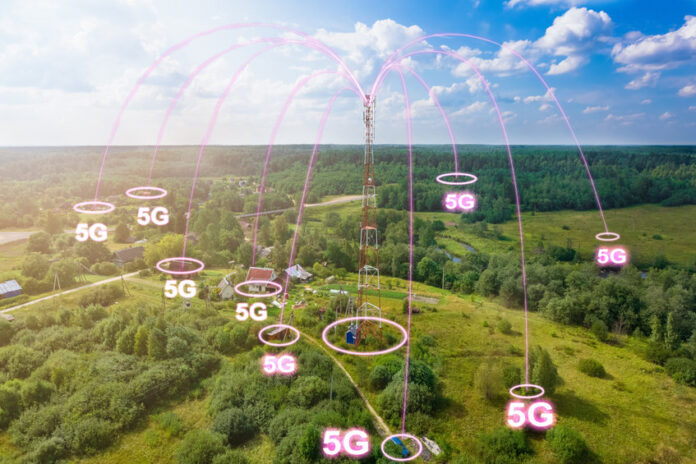Rural carriers are weighing the “when” and “how” of the transition to 5G, both in terms of technical issues and business cases. During a carrier panel at the Competitive Carriers annual convention this week, representatives from US Cellular, Alaska’s GCI and Wisconsin’s Cellcom discussed the state of their networks and 5G.
US Cellular has been “tremendous customer uptake” and expects to have a more robust 5G service offering as it gets access to more midband spectrum, said Rebecca Murphy Thompson, VP of government affairs for the carrier. John Myhre, VP of wireless technology for GCI, noted that GCI deployed its first 5G market in the spring of 2020 and said that the company has “done very well” with it and seen “great acceptance of the technology” as it continues to roll out across various markets. Cellcom began 5G roll-outs in February and is continuing to “rapidly add coverage,” according to CEO Brighid Riordan.
For GCI, Myhre said that the company is looking to offer both fixed and mobile 5G from the same network—although it hasn’t moved ahead with fixed wireless as of yet, he added, because of the size of projects in Alaska means that the focus on establishing a backhaul connection tends to dominate projects and the last-mile is only a consideration after that issue has been solved.
For Cellcom, Riordan said that the telco has been offering some 4G and CBRS-based FWA but that the topography in Wisconsin, and particularly its trees, make it a challenge even though FWA “does serve a purpose” in providing connectivity to all of Cellcom’s customers.
Asked about regulatory issues, Murphy Thompson said that the federal government has done a lot in terms of allocating funding for infrastructure, but that it would help rural operators to see “less of the thumb on the scale on fiber” and for states to be assured that they can opt for FWA and it is viable and reliable alternative. “We know how hard it is to serve these areas cost-effectively, and fixed wireless is going to have to be a predominant solution,” she added.
“To drag a ditch [for fiber] to every home, particularly when the homes are potentially widely spread out and deeply rural, is a challenge,” acknowledged Myhre, saying that he’s rather see a technology-neutral “broadband” focus rather than on fixed or wireless.
In terms of plans for 5G Standalone, Myhre didn’t give any specific timeframe for GCI but said that he sees a cost advantage in SA due to the simplification of the core and options for delivering the core in a distributed environment, as well as using a single 5G SA carrier rather than both 5G and an anchoring LTE carrier. “There are some opportunities enabled by SA that we just don’t have in the NSA architecture,” he concluded.
Riordan said that Cellcom is evaluating SA and as a rural operator with a variety of spectrum holdings that have to be used creatively, she sees potential for SA to “help us in building more creative solutions and adding to the toolbelt.”
US Cellular, meanwhile, is testing 5G SA and hopes to be carrying traffic on SA in the first quarter of next year.
Watch the full panel below:

